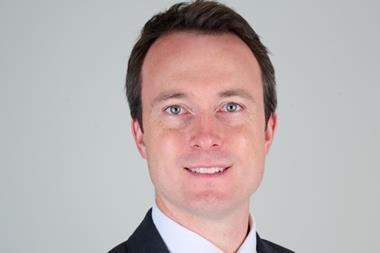Achieving the highest possible credit rating is not as important as it used to be for insurers, finds Andrew Holt
In recent months, several European insurers and reinsurers have announced another round of excellent operating results. In contrast to prior years, however, many companies have communicated their intention to distribute a substantial portion of earnings to shareholders, and have made commitments to continue doing so over the next few years, subject to achieving profitability targets.
Such announcements are unprecedented in recent history and in some cases represent a departure from capitalisation policies focussed on capital preservation.
Moody's believes there are numerous reasons why insurers have suddenly become so keen to return capital to shareholders.
Achieving the highest possible credit rating is not as important as it used to be in the past. Many insurers in Europe prided themselves on having the highest possible rating, Aaa, which was perceived - both by them and by their clients - as a hallmark of unparalleled financial strength and a key competitive advantage vis-à-vis the second-tier players.
Maintaining this rating was regarded by management as one of the core operating objectives, and in many cases this meant limited distributions to common shareholders - resulting in very high, and in many cases ever-increasing, levels of capitalisation.
In the early years of this decade, when turbulence in world equity markets coincided with sizeable adverse prior-year reserve development, primarily at companies' US subsidiaries, top-tier European insurers and reinsurers lost their Aaa ratings.
Significantly, none of them has since committed themselves to regaining the Aaa rating level. Rather, Aa has become the new industry standard, with relatively limited differentiation within this category and increasingly apparent conversion at the Aa3 level.
From viewing the highest possible rating as a core objective of their financial policy, flagships of the industry appear to have moved on to targeting a rating that is consistent with the peer group average and that does not in and of itself generate negative publicity.
Hosted by comedian and actor Tom Allen, 34 Gold, 23 Silver and 22 Bronze awards were handed out across an amazing 34 categories recognising brilliance and innovation right across the breadth of UK general insurance.











































No comments yet